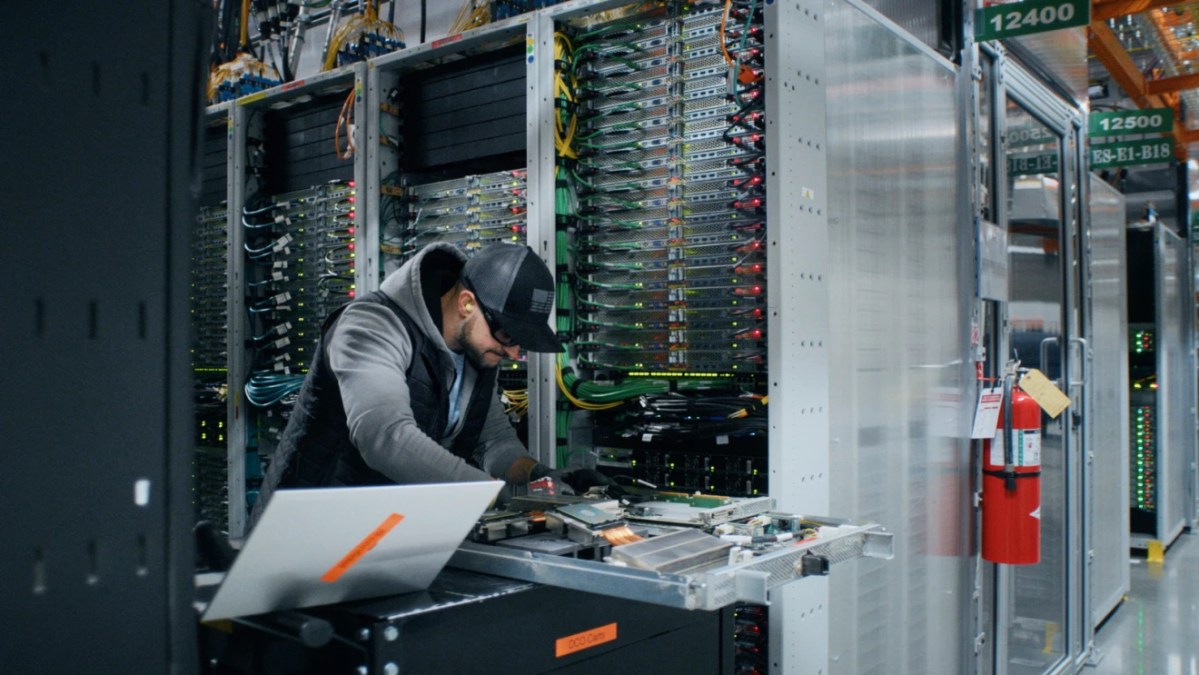TAMPA, Fla. — Amazon Web Services is busy positioning its cloud infrastructure business to capitalize on the promise of generative artificial intelligence for transforming space and other industries.
More than 60% of the company’s space and aerospace customers are already using some form of AI in their businesses, according to AWS director of aerospace and satellite Clint Crosier, up from single digits around three years ago.
Crosier predicts similar growth over the next few years in space for generative AI, which uses deep-learning models to answer questions or create content based on patterns detected in massive datasets, marking a major step up from traditional machine-learning algorithms.
Mathematical advances, an explosion in the amount of available data and cheaper and more efficient chips for processing it are a “perfect storm” for the rise of generative AI, he told SpaceNews in an interview, helping drive greater adoption of cloud-based applications.
“In the last year, AWS has fundamentally reorganized itself internally so that we could put the right teams [and] organizational structure in place … so that we can really double down on generative AI,” he said.
He said AWS has created a “generative AI for space” cell of a handful of people to engage with cloud customers to help develop next-generation capabilities.
These efforts include a generative AI laboratory for customers to experiment with new ways of using these emerging capabilities.
Crosier sees three main areas for using generative AI in space: geospatial analytics, spacecraft design and constellation management.
Earth observation satellite operators such as BlackSky and Capella Space already use these tools to help manage search queries and gain more insights into their geospatial data.
It’s early days in the manufacturing sector, but Crosier said engineers are experimenting with how a generative AI model fed with design parameters could produce new concepts by drawing from potentially overlooked data, such as from the automotive industry.
“Whether you’re designing a satellite, rocket or spacecraft, you’re letting the generative AI go out and do that exploratory work around the globe with decades of data,” he said, “and then it will come back and bring you novel design concepts that nobody has envisioned before for your team to use as a baseline to start refining.”
He said generative AI also has the potential to help operators manage increasingly crowded orbits by helping to simulate testing scenarios.
“If I have a constellation of 600 satellites, I want to model how that constellation will behave under various design parameters,” he said.
“Well, I can get a model of two concepts, which leaves me woefully inadequate — but it costs time and money to model them, or I can model an infinite number. Gen AI will tell me what are the top 25 cases I should model for my modeling simulation capability that will give me the best design optimization, and so we’re seeing it used that way.”
AWS efforts to accelerate the adoption of these emerging computing capabilities also include scholarships and a commitment announced in November to provide free AI training for two million people worldwide before the end of 2025.
